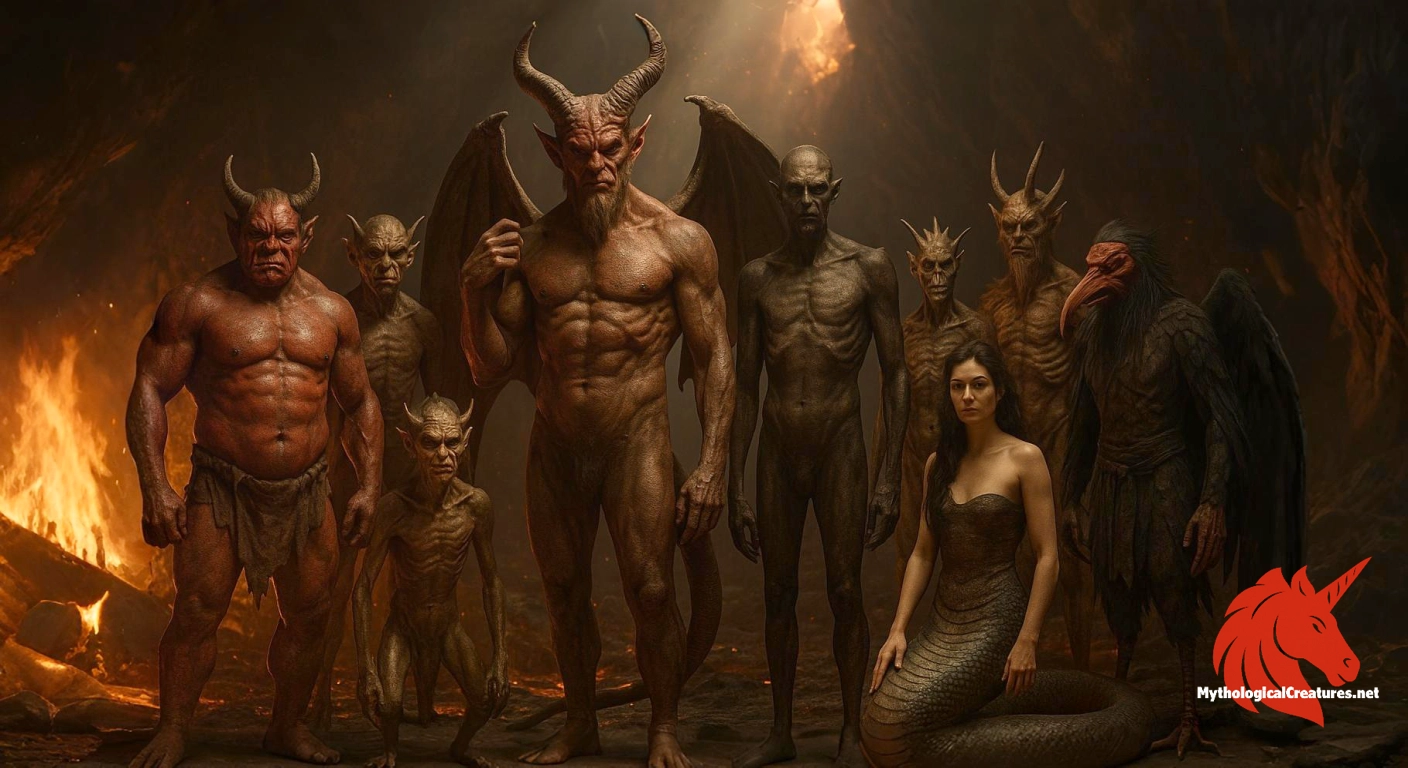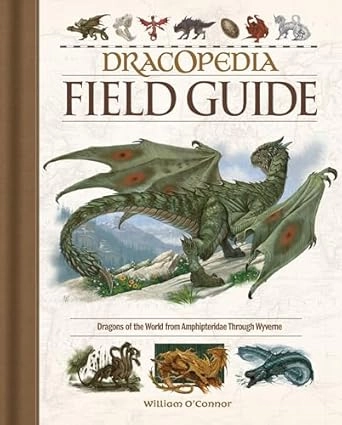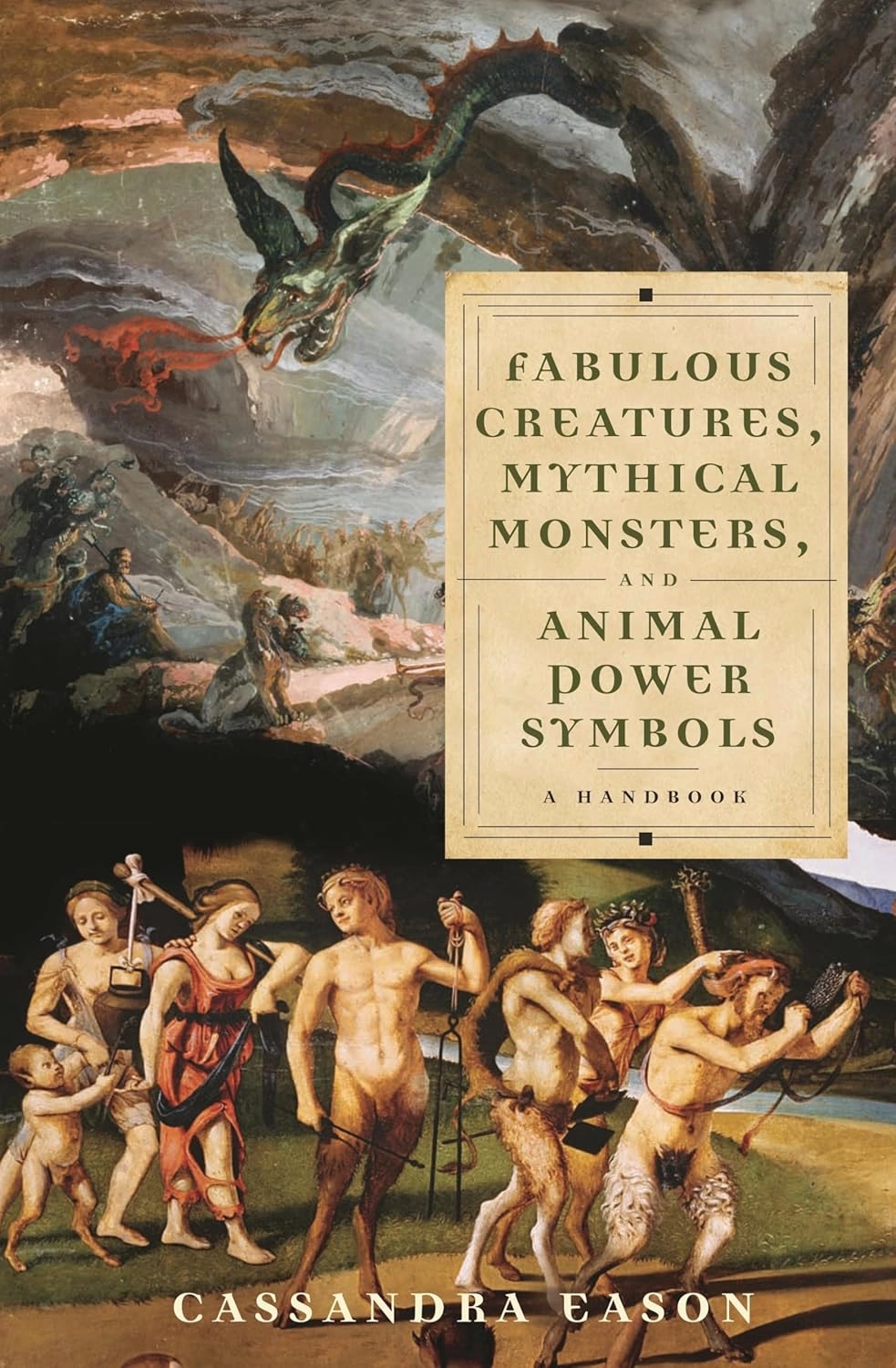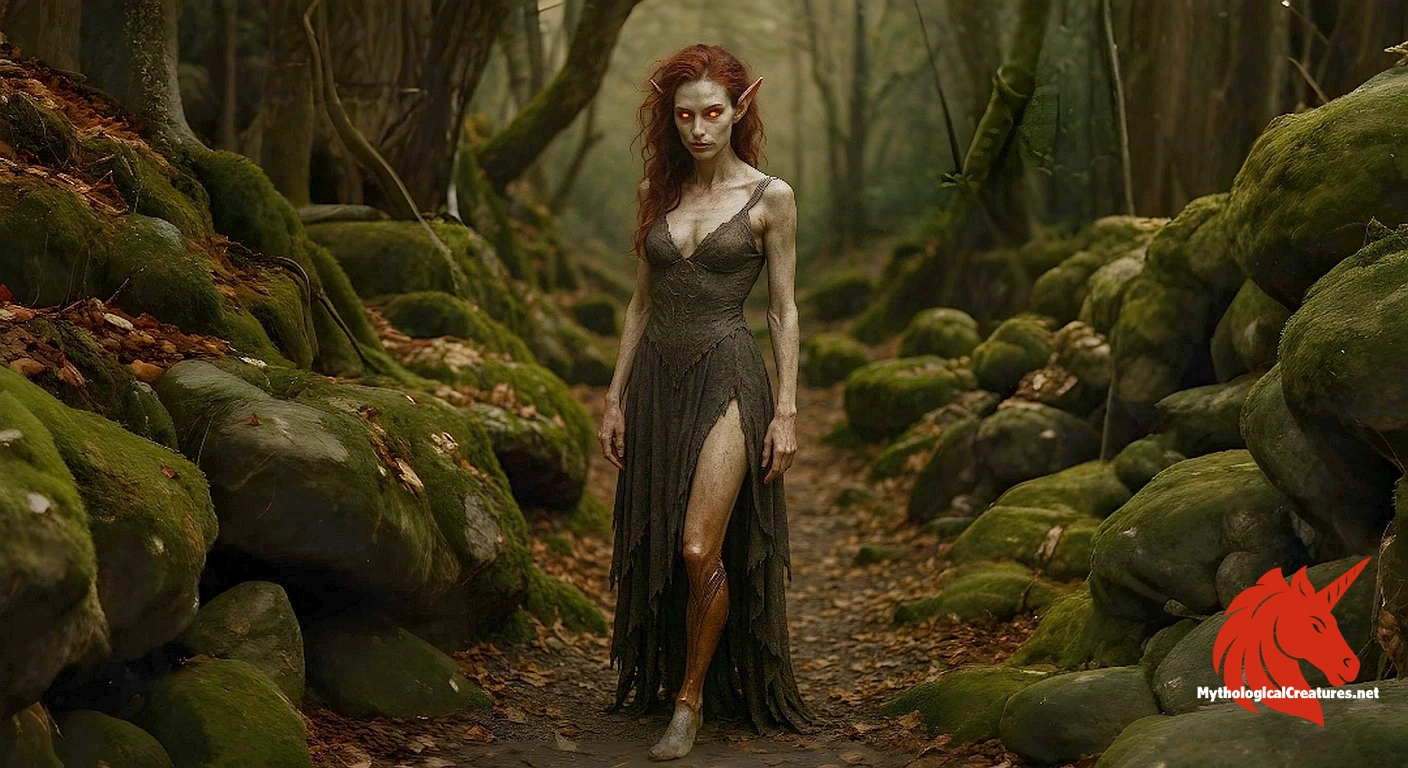Famous Demons: A Clear, Culturally Grounded Guide to Names, Origins and Myths

Why is there such a timeless fascination with demons across cultures?
“Demon” is not a single, simple idea. In Greek, daimōn could mean a spirit or power that was not always evil, which is very different from later writings that equate demons with pure malice. Over time, languages, religions, and local customs reshaped the category, turning some deities into villains and some feared beings into protective guardians. To read lists of famous demons well, we need to track how meanings moved across centuries and cultures. That is how we keep accuracy, show respect for sources, and build a dependable guide for curious readers. In this article you will find context first, then carefully framed examples from Near Eastern, European, and Japanese traditions while staying faithful to original terms. The goal is clarity without losing truth or nuance.
Interesting fact: In Greek sources, a daimōn could be a neutral guiding spirit. Only later did many communities treat demons as purely evil beings. Reading older texts with later meanings can cause big mistakes.
Famous Demons
When people search for famous demons, they often expect a roll-call of names. Lists can be useful, but context makes them valuable. The same name can change character across time: a local god in one era becomes a devil in the next, or a fearsome spirit is used to protect homes from other threats. To avoid confusion, we anchor each entry in its earliest well-known sources and point to how later writers expanded or reinterpreted it.
Demons and Supernatural Entities
Satan / the Adversary (Jewish and Christian writings)
In the earliest Hebrew texts, ha-satan is not a proper name but “the adversary,” an accuser who appears in the divine court to test and report on humans, especially in Job, before later traditions recast him as a cosmic enemy. That evolution from role to ruler marks a shift from courtroom prosecutor to figurehead of evil in later demonologies. Keeping the timeline clear prevents us from reading a later devil back into the earliest sources.

Featured Mythological Treasure

Dracopedia Field Guide: Dragons of the World from Amphipteridae through Wyvernae
Each genus of dragon is meticulously chronicled--from winged Coatyls and Sea Orcs to itty, bitty Feydragons to fire-breathing Great Dragons.
Beelzebub
The biblical Baal-zebub begins as the god of Ekron in 2 Kings; only in later Jewish and Christian writings does the name harden into “prince of the devils,” a polemical downgrade from deity to demon. The mocking “lord of the flies” framing reflects how rival cultures used language to strip prestige from foreign gods. Understanding that journey from local cult title to infernal throne is the key to reading Beelzebub accurately.
Asmodeus
In the Book of Tobit, Asmodeus is the malevolent force who kills Sarah’s suitors until Tobias follows the angel Raphael’s instructions and drives him away, a tight narrative of danger, ritual, and deliverance. Medieval handbooks then crown him as a demon king, expanding far beyond the original story. Anchoring the profile in Tobit keeps the character’s core shape while acknowledging later amplification.
Pazuzu (Ancient Mesopotamia)
A fearsome wind spirit of Mesopotamia, Pazuzu is paradoxically invoked as a protector: families wore bronze heads and amulets to guard mothers and infants against other harms, especially Lamashtu. Surviving objects with suspension rings and inscriptions in major collections show lived religion in action, not just myth on a page. His lasting power comes from that tension between terrifying image and protective function.
Interesting fact: Some creatures later listed as "demons," like Leviathan, begin as sea monsters or chaos beings in poetry. Later catalogues pull them into demon ranks, which is why different books disagree on what they are. Context explains the mismatch.
Well Known Demons
When we speak of well known demons, we are stepping into a landscape where words changed meaning and stories shifted across centuries. Some names began as everyday terms in scripture "Belial meaning worthlessness," for example, before later writers personified them into tempters or fallen powers. Others, like Azazel in the Day of Atonement rite, sit at the crossroads of place-name, ritual, and person, which is why traditions read them differently. Mammon started as a warning about wealth’s grip and only later became a figure of greed, while "Baphomet is a modern occult reconstruction that crystallised in the nineteenth century rather than an ancient deity. The point is not to collect exotic names, but to read what the earliest sources say and then follow how later cultures adapted those ideas. With that lens, the familiar list becomes a study in language, ritual, and imagination—not a flat roster of villains.
Belial
In the Hebrew Bible, beliyyaʿal begins as a common noun meaning “worthlessness” or “wickedness,” used to describe lawless people rather than a distinct spirit. Across centuries, writers gradually personified Belial, and by the early-modern era he appears in demonological handbooks and literature as a fallen power, famously in Milton’s Paradise Lost. The story here is linguistic drift turned theology: an epithet becomes a name, then a character with motives and rank. When readers search “Belial meaning,” the accurate answer is both a word for corruption and a later demon persona shaped by reception history, not an original Bible-era devil. This is why definitions vary between biblical studies, literature surveys, and occult catalogues.
Mephistopheles (Faust legend; literary demon)
Unlike medieval demon lists, Mephistopheles appears to be a late literary invention tied to the Faustbuch (~1587), then transformed by Marlowe and canonised by Goethe as the devil’s cool, ironic emissary. His power is not just in magic tricks but in psychological temptation—he flatters, needles, and bargains, offering the scholar a pact that feels modern: knowledge and experience at the price of meaning. The name’s etymology is debated, but the character’s function is clear, the voice that makes compromise sound sensible, a template echoed from Romantic opera to symphonic poems and modern drama. Because he is a demon of literature, not scripture, sources treat him differently from biblical figures; the “Faustian bargain” lives on in business and tech discourse precisely because Mephistopheles personifies seduction by brilliance. For readers exploring “Mephistopheles Goethe” or “Faust pact with the devil,” you’re tracing a line from chapbooks to the modern imagination
Astaroth (medieval demonology; often linked to Astarte)
In early-modern grimoires—especially the Ars Goetia of the Lesser Key of Solomon—Astaroth appears as a high-ranking duke who instructs on hidden knowledge, a goetic spirit later pictured in Collin de Plancy’s Dictionnaire Infernal as a crowned, winged figure riding a beast. The name itself reflects a demonization of older Near Eastern cults: Hebrew Ashtoreth is a polemical form of the Phoenician goddess Astarte (with boshet, “shame,” folded into the name), while Ashtaroth is the Hebrew plural that became a general label for foreign goddesses—explaining how a goddess’s title re-enters later European texts as a male demon. Read accurately, Astaroth is thus a case study in reception history: ancient Astarte (fertility and sovereignty, later syncretised with Isis and Aphrodite) on one side, and Astaroth the goetic duke on the other—two strands that meet in name only but are routinely conflated in popular summaries.

Baphomet
The word surfaces in Templar-era accusations as the name of an idol—charges most historians read as political theater rather than proof of a real cult. The famous goat-headed, androgynous figure people recognise today is Éliphas Lévi’s 1856 drawing, designed to embody union of opposites (above/below, male/female, material/spiritual), and only later adopted across occult and pop-culture contexts. In other words, modern Baphomet is a 19th-century esoteric synthesis, not an unbroken ancient deity; that is why references differ so sharply between history articles and occult manuals. Understanding that timeline, Templar trials, long lull, Lévi’s image, then modern adoption—keeps claims grounded and avoids pseudo-antiquity. Searches like “Baphomet Templars” or “Baphomet Eliphas Lévi” are best answered by that historical progression.
Leviathan
In the Hebrew Bible and Near Eastern myth, Leviathan is a primordial sea creature, sometimes serpent, sometimes dragon or crocodile, drawn into poetry as the emblem of chaos that only the creator can tame. Scholars connect the image to older West-Semitic sea-monster traditions (e.g., the Ugaritic Baal cycle), which explains the shifting details across texts and eras. Later writers occasionally reclassify Leviathan as a demon, but the earliest sources present a cosmic monster or symbol, not a courtroom tempter. That evolution is why modern summaries differ: biblical studies emphasise mythic combat and creation themes, while later handbooks line Leviathan up alongside infernal princes. If you’re exploring “Leviathan biblical sea monster” or “Leviathan chaos dragon,” keep the poetic, mythic context front and center.

Interesting fact: Early-modern "hierarchies of hell" often stitched together sources with different aims, which is why ranks and duties do not match from one handbook to another. When two lists disagree, it is usually the compilation method, not a secret revelation, that explains the gap.
Famous Female Demons
Interest in famous female demons is high, which makes balance essential. Many stories grow across centuries, moving from local fears to literary motifs and then to modern re-readings. A fair summary shows the oldest material we have, acknowledges later expansions, and avoids turning complex figures into clichés. Long-tail phrases like "Mesopotamian Lamashtu amulets," "Jewish folklore Lilith origins," and "Greek Lamia child-eating myth" meet search patterns while grounding each profile in recognisable sources. The result is more trustworthy than a list that simply repeats names without context. It also gives readers a path into object collections, inscriptions, and texts, which is where the strongest evidence lives.
Stories about famous female demons endure because they sit at the crossroads of fear, protection, and power. In Jewish folklore, Lilith draws on earlier Mesopotamian ideas about lilītu night spirits, which helps explain why later texts portray her as a danger to infants and as a figure of nighttime threat.
In Mesopotamia, families wore amulets of Pazuzu specifically to keep Lamashtu away, showing how terrifying beings could be met with practical, protective ritual in daily life.
Greek tradition pushes the theme in another direction: Lamia begins as a child-devouring figure and later appears in literature as a beautiful deceiver, which is why ancient sources and later retellings do not always match.
What unites these tales is not a single template but a pattern of anxieties about birth, desire, and the night, answered by charms, cautions, and community stories.
Lilith (Jewish folklore with Mesopotamian links)
In Jewish folklore, Lilith emerges as a night-spirit whose name and traits echo earlier Mesopotamian lilītu, which helps explain her association with danger to mothers and infants. Later texts amplify her independence and nocturnal power, turning her into a symbol that modern readers still debate, but the oldest thread is protective ritual against a feared presence of the night. Read her accurately as a layered figure whose roots lie in Near Eastern spirit lore, not a single fixed “first wife of Adam” story.
Lamashtu (Mesopotamia)
In first-millennium BCE Mesopotamia, Lamashtu was a feared female being blamed for illness in pregnancy and infancy, which is why families wore inscribed Lamashtu amulets and kept Pazuzu-heads at home as apotropaic protection. These small stones and chlorite plaques, pierced for suspension, show lived responses to danger rather than abstract myth. When readers search “Mesopotamian demon amulet” or “Lamashtu childbirth,” they are seeing exactly this household world of charms, inscriptions, and ritual reassurance.
Featured Mythological Treasure

Fabulous Creatures, Mythical Monsters, and Animal Power Symbols: A Handbook
This book offers both traditional and little known folklore and legend and delves into wonderful world of saints who claimed to change into deer and modern cryptozoological monsters.
Lamia (Greek tradition)
Greek sources describe Lamia first as a Libyan queen bereaved of her children who becomes a child-devouring daimon, and later as a seductive night figure who preys on the unwary. That evolution from nursery bogey to alluring predator explains why literature alternates between horror tale and cautionary romance. If you meet searches like “Lamia Greek child-eating myth” or “Lamia seduces young men,” the answer is that both strands are authentic to different periods.
Empusa (Greek tradition)
In comedy and later prose, Empusa appears as a shape-shifting phantom associated with Hecate, marked by having a copper leg (sometimes stated as bronze) and a talent for luring travelers before revealing a monstrous form. Ancient authors use her as a test of discernment on the road and as a figure who blurs fear, desire, and deception. Think of Empusa as the mobile cousin of the lamiai tradition, the classic “beautiful stranger” who becomes a threat the moment you drop your guard.

Interesting fact: Archaeologists and curators note incantation bowls and wearable charms with brief inscriptions against night spirits. These small, practical tools show everyday religion at work rather than grand myths alone. They bring the topic down to the home.
Famous Japanese Demons
Japan’s spirit world does not map cleanly onto the English word “demon.” Oni are the horned, club-wielding ogres of folklore, fearsome outsiders sometimes linked to ideas arriving with Buddhism, yet even Oni can be reformed in some tales, which complicates a simple good-versus-evil label. Far wider than any single creature is the category of Yōkai, a catch-all for strange beings and phenomena that ranges from tricksters to guardians and even animated objects; “monster,” “spirit,” or “goblin” only partly captures that breadth.
Within this landscape, figures like Yuki-onna—the Snow Woman who tests travelers on winter nights, embody beauty and peril at once, shifting across regions and eras. Mountain spirits such as Tengu add another layer, appearing as proud, long-nosed sword masters who both mislead and mentor, famously said to have taught the hero Yoshitsune.
Read this section as Japan’s own taxonomy of the uncanny: specific names, local customs, and moral lessons that blur the line between “demon,” deity, and nature spirit rather than a single infernal roster.
Oni
Horned, club-wielding and larger than life, Oni crash into Japanese tales as marauders and punishers, yet their image likely arrived alongside Buddhism and Chinese lore before becoming distinctly local. In stories and art they wear tiger-skin loincloths, brandish iron kanabō clubs, and come in red, blue, or ash-grey, a visual shorthand for chaotic force at the edge of society. Their role isn’t only slaughter and smoke: festivals, parables, and folk drama sometimes reform an oni or harness its strength, reminding us these “demons” are as much cultural mirrors as monsters.
Yōkai (category)
Yōkai are big tent, tricksters, guardians, roadside phantoms, living umbrellas, and river imps, less a single species than a way Japan names the uncanny. The word has shifted meanings over centuries, but the core stays the same: Yōkai explain strange bumps in the night, moral grey zones, and natural phenomena with personality. Browse a classic compendium and you’ll meet beings that warn, tease, teach, and occasionally save, making “Yōkai vs Demon” the wrong question, variety is the point.
Yuki-onna
The Snow Woman steps from blizzard mist, beautiful, silent, and lethal, testing lost travelers with mercy in one tale and ice-cold judgment in another. Lafcadio Hearn’s Kwaidan carried her into global literature, but the legend he recorded was already living village lore with many regional variants. That is her spell: not a single origin story, but a winter presence that keeps returning in plays, films, and bedtime warnings whenever the wind goes white.
Tengu
Mountain spirits with avian roots and long-nosed, monk-like visages, Tengu haunt forests and temple steps where pride, swordcraft, and wind all meet. Legends credit them with training the warrior Minamoto no Yoshitsune, and art often dresses them like yamabushi ascetics—half mentor, half menace. Their arc across centuries runs from dangerous deceivers to stern protectors of sacred peaks, which is why they remain fixtures of pilgrimage lore and martial tales.

Kappa
Child-sized and river-dwelling, Kappa carry a dish of water on their heads that powers their strength—spill it with a bow, and you can outwit them. They’ll wrestle for sport, bargain for cucumbers, and, in some regions, even share healing know-how: folklore credits them with teaching bonesetting. Warnings posted near streams and bridges keep the story alive today, part cautionary tale and part mischievous mascot for watery places.
Interesting fact: Oni and Yōkai remain part of daily life, from Setsubun bean-throwing to smartphone apps where a "demon" calls naughty kids. Living customs keep old images fresh for new generations.
Reading Lists Of Demons Responsibly
In the end, the world of demons is really a map of human worries and hopes, from winds that bite to voices that tempt and teachers that warn. Read closely and you will see how one culture’s spirit of the crossroads becomes another culture’s cautionary tale, and how a word that once meant a neutral guiding power can turn into the emblem of pure opposition.
Follow the trail of objects and you will find more than stories: a bronze Pazuzu head with a suspension ring, made to be worn as protection, tells you what families actually did when fear pressed close.
Look to living customs and you will see how people still act these ideas out, like the bean-throwing rites of Setsubun that send the Ooni outside and invite good fortune in.
Move from Mesopotamia to Japan, from scripture to stage, and the pattern holds: demons may terrify, but they also teach by giving shape to danger, pride, greed, and winter’s long night. Some are adversaries who accuse, some are Ogres who can be reformed, and some are spirits that protect one home by scaring off another harm. The more you follow the sources, the clearer the pathways between languages, rituals, and literature become, and the less you will mistake a late retelling for an ancient truth.
If this whets your appetite, dive into our creature pages where each profile links names to origins, roles, and texts you can explore at your own pace. Start with the famous and work outward, and you will quickly find that every name opens a door to a culture’s own way of explaining the uncanny. And when you have read a few, come back to the lists and watch how the puzzle pieces begin to lock together into a larger picture.
Quick FAQ
Are demons the same in every religion?
Greek antiquity (daimōn): In early Greek usage, a daimōn could be a neutral or even helpful spirit—closer to a “supernatural power” than an embodiment of evil. Later philosophy ranked them below gods but above humans; the term wasn’t inherently diabolic.
Judaism & Christianity: “Satan” begins in Hebrew scripture as ha-satan, “the adversary/accuser” in the divine court, then later traditions develop a cosmic opponent and wider demonologies. That shift from role to ruler is historical, not universal.
Islam: The Qurʾānic world distinguishes jinn (a created class of spirits) from shayāṭīn (malign “satans”); Iblīs/Shayṭān names the tempter-in-chief. These beings can whisper/tempt but do not override human moral agency.
Zoroastrianism: Evil is framed cosmologically in the opposition of Angra Mainyu/Ahriman to the good creation, more a dualistic principle of destruction than a roster of devils.
Hindu traditions: Asura originally meant powerful beings or leaders in the Vedas; only later did “asura” become a near-synonym for “demon” in some texts, showing how labels evolve over time.
Buddhism: Māra personifies delusion and temptation that obstruct enlightenment, a psychological and mythic adversary rather than a fallen angel archetype. Encyclopedia Britannica
Japan (folklore): Oni and the broader category Yōkai cover Ogres, tricksters, and strange phenomena; some harm, some help, and some reform, only roughly comparable to “demons” in English.
Are Yōkai actually "demons"?
Not exactly. "Demon" is an English bridge; Yōkai is a broader Japanese category that includes helpers, tricksters, and frightening beings. Using both terms side by side keeps meaning clear.
Who is the most famous female demon?
In Western searches, Lilith appears most often, but her portrait is layered and changes across periods and texts. A careful summary will always separate early material from later expansions.